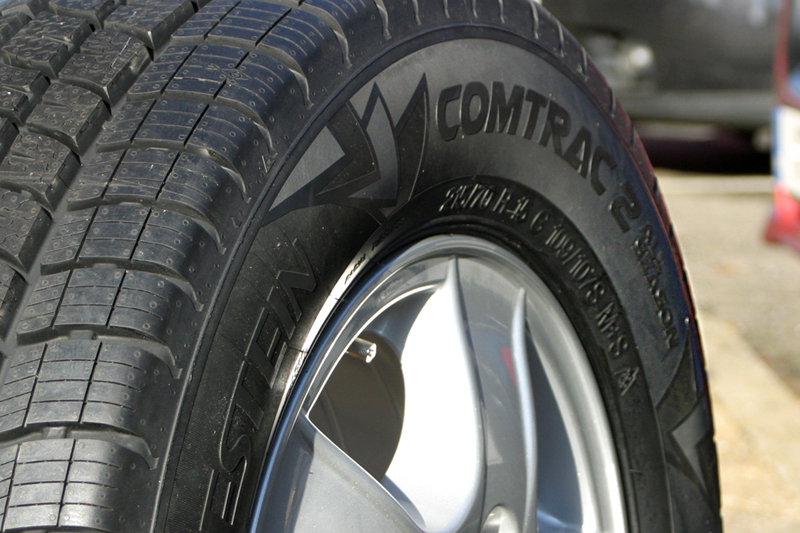
CVW sits down with Ricky Mitchell, Sales Manager Fleet UK at Apollo Vredestein, to discuss best practice tips for commercial vehicle tyre replacement.
Q. When do you believe is the best time to change tyres on a van? Michelin suggests that fleets shouldn’t change tyres early (for example, at 3mm), claiming that this doesn’t bring any advantage.
Ricky Mitchell (RM): The NTDA (National Tyre Distributors Association), drawing on results of braking tests, has advised that there is a sufficiently compelling argument for motorists to change their tyres at 3mm, and called for a review of the legal minimum tread depth that was introduced in 1992. In any event, the UK’s minimum legal tread depth (1.6mm) has proven, in one of the latest surveys, to be ineffective in preventing running illegal tyres, as people are tempted to go to the very edge of what is permissible to reduce costs. Perhaps a higher minimum of, say, 2mm may help to prevent potentially dangerous conditions, and that ought to be coupled with good tyre husbandry: selecting the right tyre for the job, consistent maintenance protocols, bespoke tyre pressure settings, etc.
Q. Does carrying heavy loads impact on the life and durability of tyres?
RM: Generally yes; simple physics means that the tyre will be under more stress, and the tread rubber in contact with the road surface will be undergoing higher forces. However, the effects can be minimised by choosing the right tyre for the job and making sure that heavy loads are compensated for by an increase in tyre pressure to correctly accommodate the additional weight. If the tyre pressure is insufficient to carry the load, not only will the wear rate increase, but also the vehicle’s fuel consumption and stopping distance will increase, and stability/safety may be compromised.
The effects of overloading and under-inflation are excessive heat build-up within the tyre sidewall and shoulder area, which significantly increases the likelihood of a sudden rapid deflation, particularly on high-speed motorway journeys.
When under-inflated, the tyre’s contact patch with the road surface is reduced to two smaller areas towards the outer edges of the tread. With the full vehicle load placed on these two areas, the tread wears at a much higher rate, forcing replacement much earlier than would otherwise be needed. By running tyres at just 80% of the recommended pressure, operators can expect tyre life to be reduced to around 75%.
The Vredestein Comtrac range of van tyres is designed to be durable, stable and long-lasting when correctly inflated in respect to the laden axle weights, and is tested to load capacities that meet or exceed the vehicle’s maximum laden weights.

Q. If van drivers are likely to overload their vans, do you find that they are also likely to neglect other areas of safety, including checking their tyres on a regular basis?
RM: Nobody is suggesting that van drivers willingly or recklessly overload their vehicles. It is more a question of understanding vehicle capabilities and limits, together with a basic knowledge of laden vs un-laden status, tyre pressure, load and speed ratings, etc. Similarly, it is impossible to generalise that one group of vehicle users are more or less likely to check their tyres than another, so we strongly recommend that all drivers regularly check the condition of their tyres for any signs of damage or uneven wear, as well as checking that inflation pressures are correct for the load being carried.
Apollo Vredestein has systems in place to support fleet operators aiming for cost reductions without compromising on safety; additional safety training includes all areas of tyre safety management.








